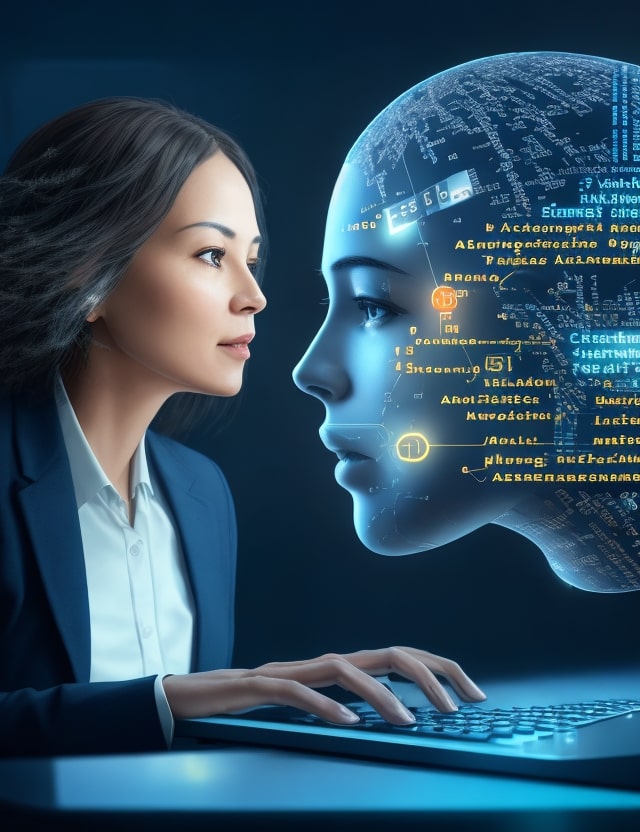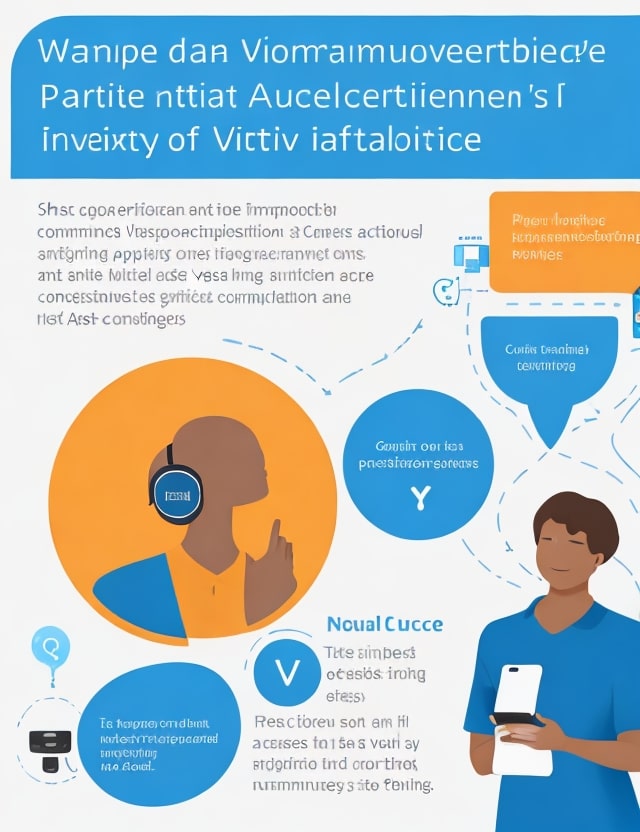Introduction:
The application of artificial intelligence (AI) to the interplay of computers and human language is known as natural language processing (NLP). Significant improvements in NLP methods and algorithms over time have produced ground-breaking advances in human-computer interaction. We will examine recent developments in NLP, their effects on various businesses, and how they are advancing human-computer interaction in this post.

1. Acquiring a basic understanding of natural language processing
a. Definition: Natural language processing refers to the capacity of computers to comprehend, interpret, and produce meaningful and contextually appropriate human language.
b. Important Elements: Text processing, semantic analysis, syntactic parsing, sentiment analysis, machine translation, and question-answering systems are just a few of the elements that make up NLP.
c. Algorithms and Techniques: NLP systems now perform much better thanks to recent developments in deep learning, neural networks, and language models like transformer-based architectures.
2. Overcoming Language Barriers:
a. Machine Translation: The development of accurate and effective machine translation systems thanks to NLP has changed the translation industry. Language obstacles in communication and international collaboration have been significantly reduced thanks to advances made by cutting-edge models like Google’s Transformer and OpenAI’s GPT.
b. Cross-Lingual Information Retrieval: With the aid of NLP approaches, information retrieval systems have been improved, enabling users to do searches in their native tongue and receive pertinent results from other languages.
c. Multilingual Chatbots: Chatbots that use natural language processing (NLP) are able to comprehend user inquiries in a variety of languages and provide customized, contextually appropriate information, customer support, and help.
3. Improving Interaction Between Humans and Computers
a. Voice Assistants: NLP has made it possible for voice assistants like Amazon’s Alexa, Apple’s Siri, and Google Assistant to be widely used. These voice-activated systems improve the comfort and effectiveness of human-computer interaction by using NLP algorithms to comprehend spoken instructions, carry out actions, and deliver information.
b. Natural English Interfaces: NLP makes it possible to create interfaces that let users communicate with computers using common English rather than intricate commands or programming languages. This improves user experience and lowers the learning curve for adopting new technology.
c. Sentiment Analysis: Text data, including social media posts, customer reviews, and comments, can have its sentiment examined using NLP algorithms. Businesses may make wise decisions and increase customer satisfaction by using this sentiment analysis to acquire insights into customer attitudes, preferences, and trends.
d. Chatbots and Virtual Assistants: Using Natural Language Processing (NLP), chatbots and virtual assistants may have meaningful dialogues with users, comprehending and addressing their questions, dispensing knowledge, and even carrying out activities. These sophisticated algorithms can manage intricate conversations and adjust to user preferences to deliver individualized and effective interactions.

4. The effect on industries
a. Consumer service : Consumer service is being transformed by NLP-powered chatbots and virtual assistants, which offer immediate and individualized assistance, respond to frequently asked queries, and address consumer issues. This shortens wait times, boosts client happiness, and enables firms to effectively deal with high numbers of questions.
b. Healthcare: To glean insightful information from patient data, research articles, and medical records, NLP approaches are being used in the healthcare sector. Clinical decision-making, medical research, and patient outcomes are all benefited by this.
c. E-commerce : A tailored product recommendation system based on a customer’s interests and browsing history enhances the e-commerce experience, boosts consumer engagement, and boosts sales.
d. Finance: News articles, social media data, and other textual material are processed using natural language processing (NLP) in financial analysis to provide insightful information for fraud detection, risk assessment, and investment decisions.
5. Difficulties and Future Directions:
a. Language Complexity and Context: NLP systems still have trouble comprehending slang, cultural references, complicated linguistic nuances, and contextual cues. Research continues to be focused on expanding contextual knowledge and creating models that can understand the intricacies of human communication.
b. Ethics and Bias: NLP models may unintentionally exacerbate biases found in training data, producing biased or unfair outputs. To promote equitable and inclusive human-computer interaction, ethical issues and prejudice reduction measures are essential.
c. Multimodal Interaction: Research is currently being done on how to combine NLP with other modalities as speech, gesture, and vision. More natural and immersive human-computer interfaces will be possible thanks to developments in multimodal interaction.
Conclusion:
By removing linguistic barriers and enabling seamless communication, advances in natural language processing have transformed human-computer interaction. NLP has changed many industries, improving customer service, healthcare, e-commerce, banking, and more. It has enabled voice assistants, sentiment analysis, machine translation, and more. While obstacles still exist, continued NLP research and development will push the limits of human-computer interaction and improve the usability, usability, and responsiveness of technology.
